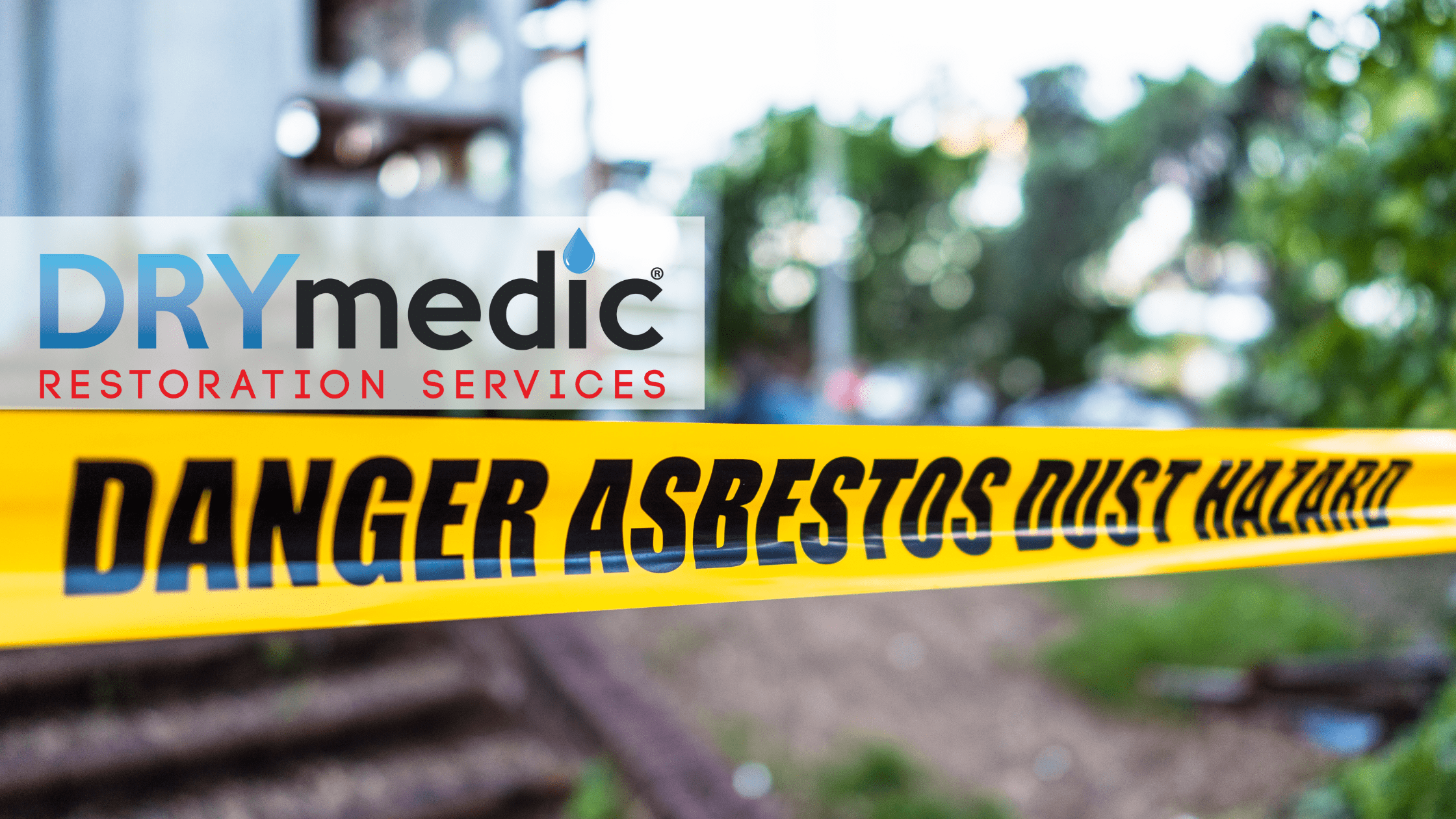Understanding Asbestos: What It Is and How to Handle It Safely
August 23, 2024

Asbestos was once a common material used in construction due to its durability and resistance to heat. However, it is now known to be a serious health hazard. Understanding what asbestos is and how to handle it safely is crucial for homeowners and property managers.
What is Asbestos?
Asbestos is a group of naturally occurring fibrous minerals known for their fire resistance, strength, and insulating properties. It was widely used in building materials such as insulation, roofing, flooring, and cement products throughout much of the 20th century.
Health Risks Associated with Asbestos
Exposure to asbestos fibers can cause severe health issues, including:
- Asbestosis: A chronic lung disease that causes scarring of lung tissue.
- Mesothelioma: A rare and aggressive cancer that affects the lining of the lungs, chest, or abdomen.
- Lung Cancer: Increased risk of lung cancer in individuals exposed to asbestos.
These conditions typically develop many years after exposure, making early detection and prevention critical.
Identifying Asbestos in Your Home
Common places where asbestos might be found include:
- Insulation around pipes, boilers, and ducts
- Roofing shingles and siding
- Vinyl floor tiles and adhesive
- Cement sheets and corrugated roofing
- Textured paint and patching compounds used on walls and ceilings
It’s important to note that asbestos-containing materials (ACMs) are not dangerous unless they are disturbed or damaged, releasing fibers into the air.
When to Call a Professional
If you suspect the presence of asbestos in your home, it's vital to take the right steps to ensure safety. Here’s when you should call a professional:
- Before Renovations or Demolition: If you plan to renovate or demolish areas of your home that might contain asbestos, contact a professional for an inspection and testing before starting work.
- Homes Built Before 1980: In Washington, homes built before 1980 should be tested for asbestos before any renovation or demolition. In Oregon, homes built before 2004 should be checked.
- Damaged Materials: If asbestos-containing materials are damaged or deteriorating, contact a professional immediately to assess the situation.
- Regular Inspections: For older homes, regular inspections can help identify and manage asbestos safely.
Relevant Testing Laws in Oregon and Washington
In Oregon and Washington, strict regulations govern asbestos testing and removal to ensure public safety.
Oregon:
- Oregon Department of Environmental Quality (DEQ): The DEQ requires an asbestos survey for any renovation or demolition project where asbestos-containing materials may be disturbed. This survey must be conducted by a licensed asbestos inspector, especially for homes built before 2004.
- Notification Requirements: For certain projects, such as demolitions, you must notify the DEQ at least 10 days before work begins.
- Disposal: Asbestos waste must be properly contained and transported to a DEQ-authorized disposal site.
Washington:
- Washington State Department of Labor and Industries (L&I): Any renovation or demolition project must have an asbestos survey conducted by a certified inspector if asbestos-containing materials are suspected, particularly for homes built before 1980.
- Notification and Permits: Notification to the local air quality agency is required for most demolition projects, and specific permits may be needed depending on the scope of work.
- Disposal: Asbestos waste must be disposed of at facilities approved by the Washington Department of Ecology.
ERI Environmental Resources Inc. – Your Asbestos Abatement Partner
For asbestos inspection, testing, and removal, we recommend our trusted partner, ERI Environmental Resources Inc. They specialize in safe and effective asbestos abatement and adhere to all regulatory requirements. You can contact them at ERI Environmental Resources Inc. for more information and services.
How DRYmedic Restoration Can Help After Asbestos Removal
Once the asbestos has been safely removed by ERI Environmental Resources Inc., DRYmedic Restoration can assist with the necessary repairs and restoration to bring your home back to its original or improved condition.
Our Services Include:
- Inspection and Assessment: After asbestos removal, we inspect the area to ensure it’s safe and ready for restoration.
- Repairs: We handle all necessary repairs to restore structural integrity and appearance.
- Cleaning and Decontamination: We ensure the area is thoroughly cleaned and safe for occupancy.
- Full Restoration: From drywall replacement to painting and flooring, we provide comprehensive restoration services.
Conclusion
Understanding asbestos and knowing how to handle it safely is essential for protecting your health and your home. If you suspect asbestos in your property, contact ERI Environmental Resources Inc. for professional asbestos inspection, testing, and removal services.
Get Your Home Restored
For any repairs or restoration needed after asbestos removal, contact DRYmedic Restoration today at (503) 451-5425 Ensure your home is safe and restored to its best condition with our expert services.
By addressing asbestos issues promptly and safely, you can maintain a healthy and secure living space for you and your family.